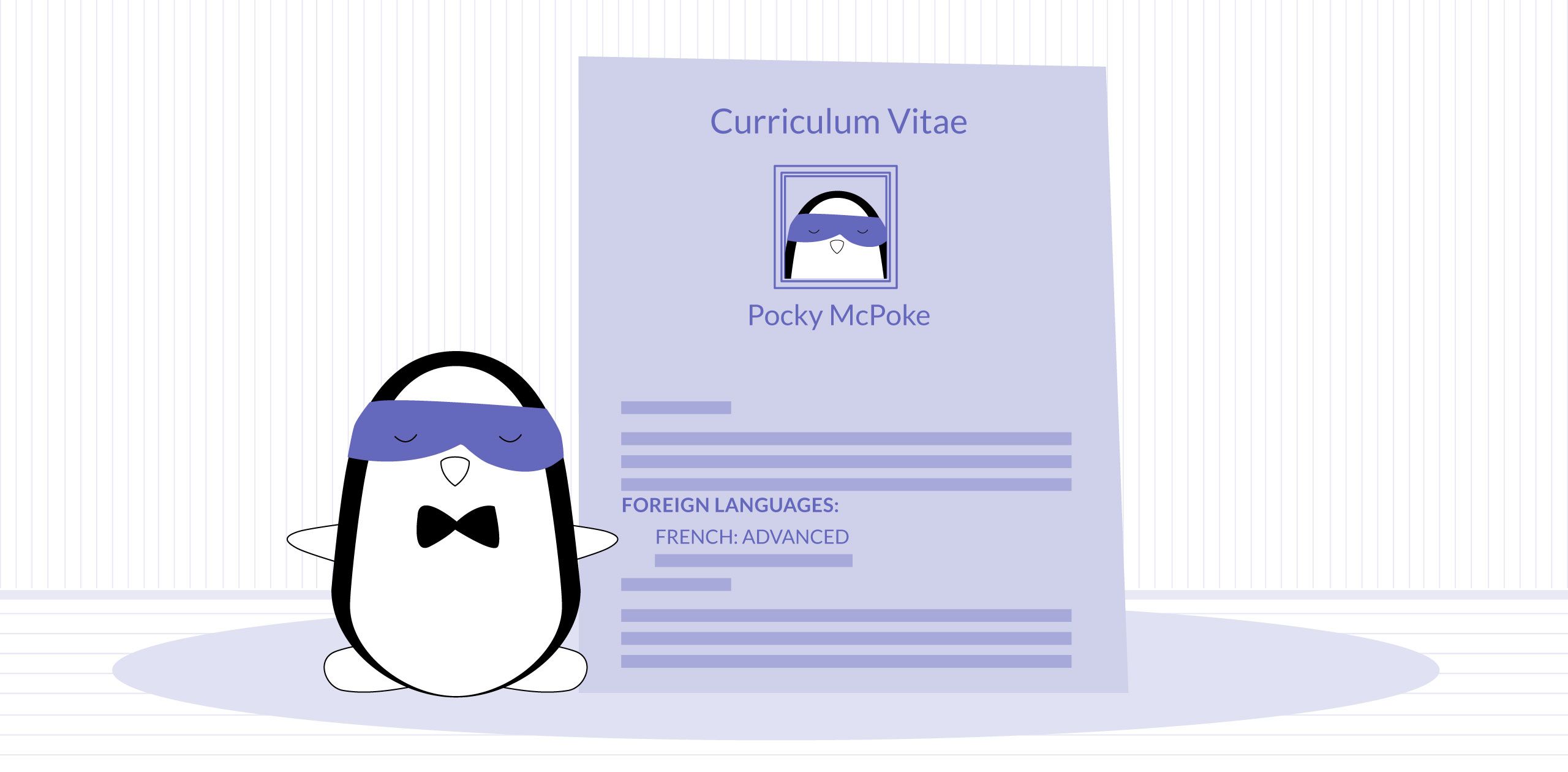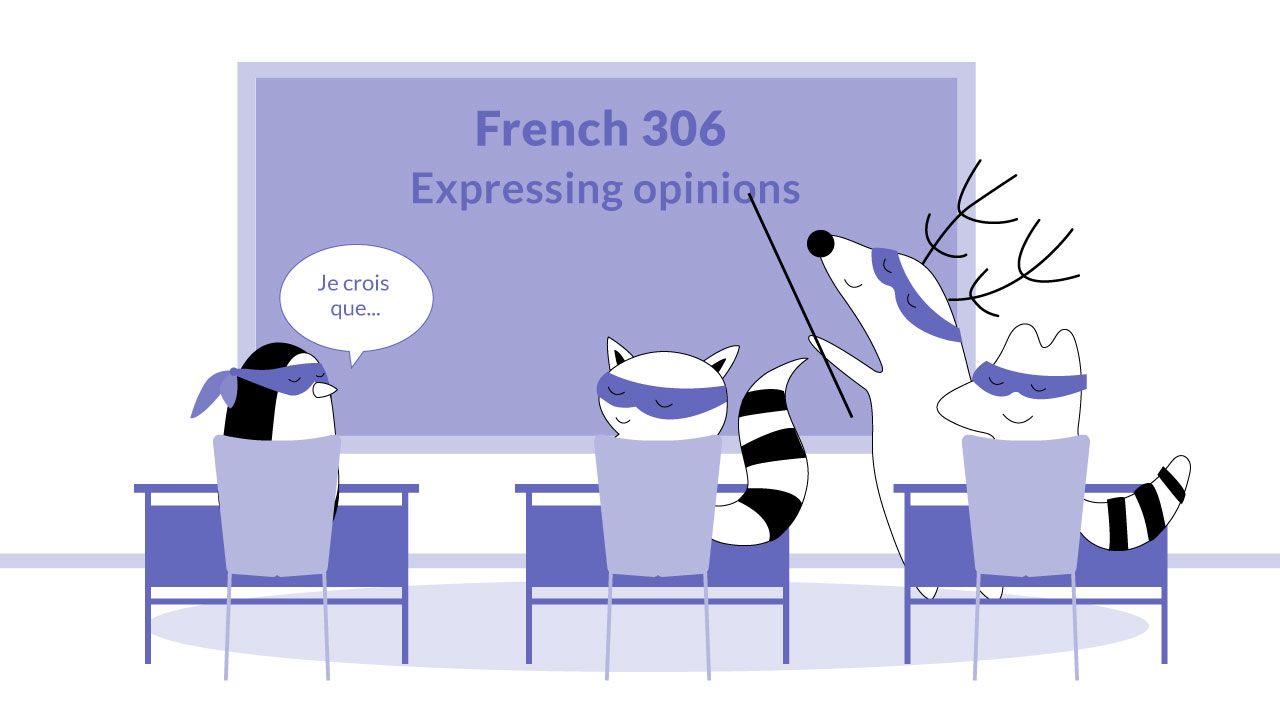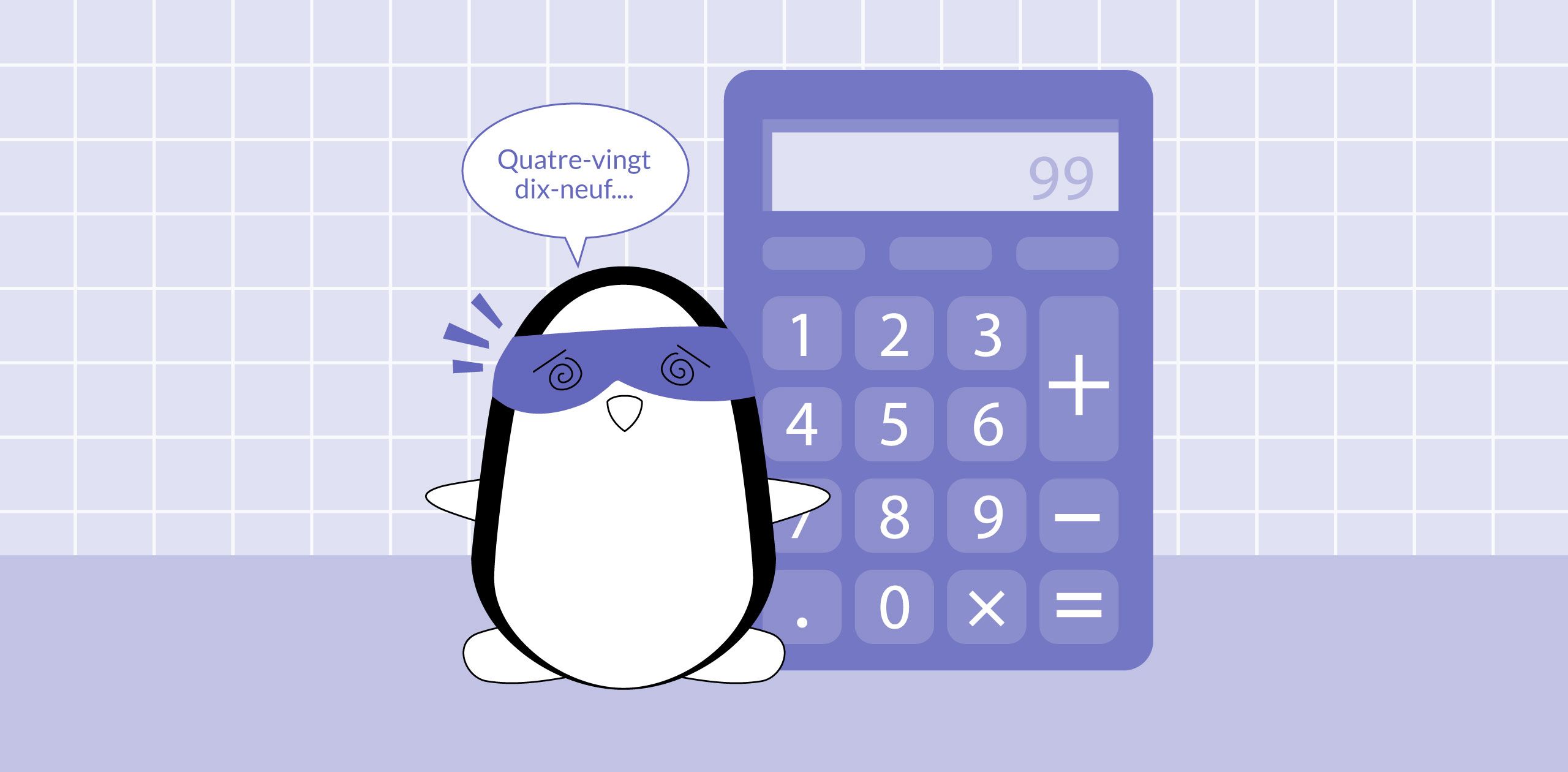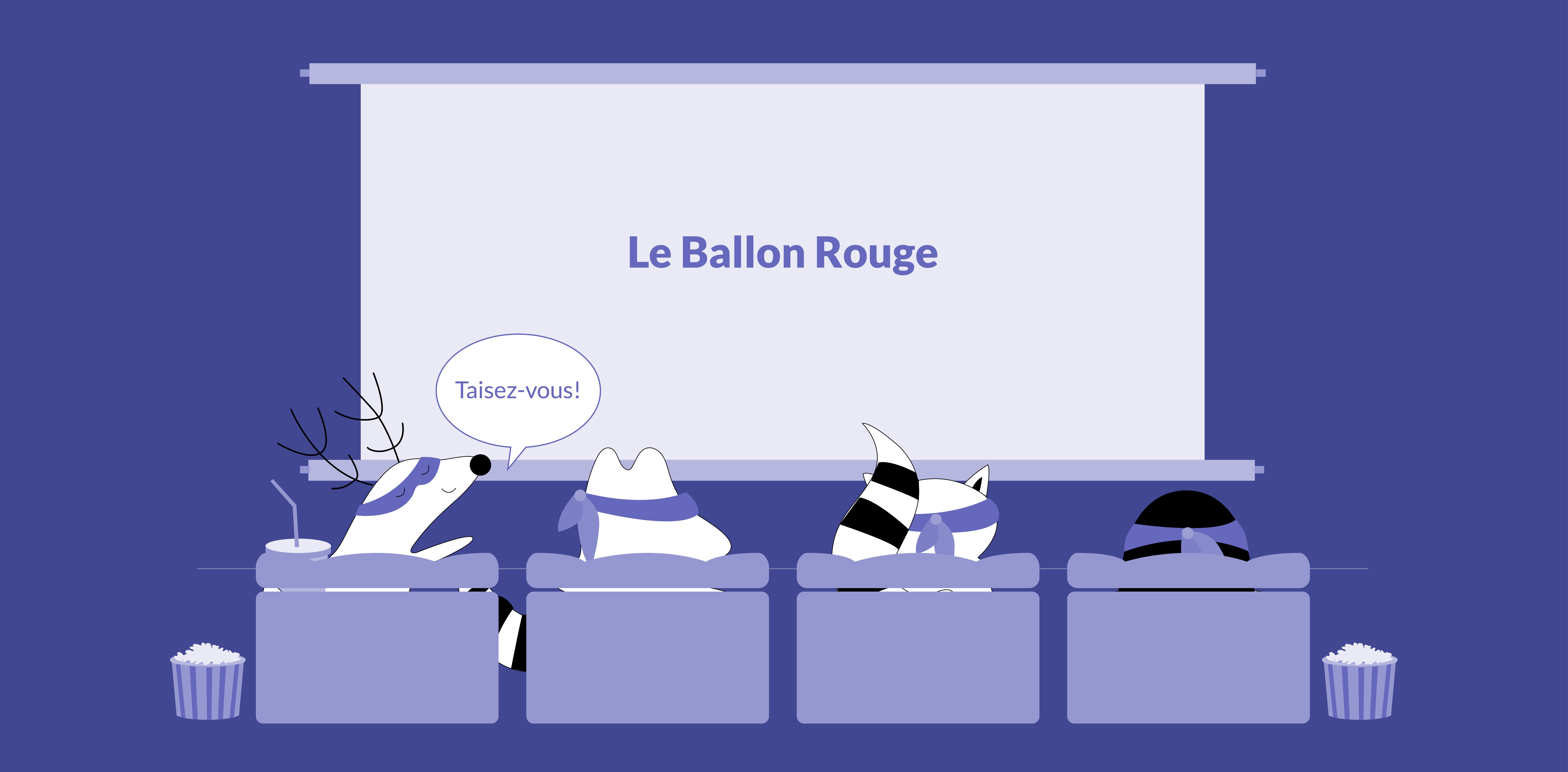
Language proficiency is more than just being able to speak a language. It encompasses a wide range of abilities and language skills that go beyond speaking or reading, such as comprehension, knowledge of different language aspects, and cultural understanding.
To set realistic language learning goals, it is important to have a clear understanding of what language proficiency entails and how much time it usually takes people to achieve fluency. In the article below, we will discuss the different levels of proficiency and help you understand how to work towards achieving them.
Learn French with Langster
Defining Language Proficiency
Language proficiency refers to a person's ability to use a foreign language in different contexts and scenarios. There are different levels of proficiency, and each one encompasses a variety of abilities. In order to achieve fluency in a foreign language, it usually takes people several years of consistent practice to master these skills.
There are five general levels of language proficiency based on the guidelines created by the American Council on the Teaching of Foreign Languages (ACTFL): beginner, intermediate, advanced, superior, and expert. Each level entails different abilities and skills that a speaker can use in different contexts.
For example, someone who is at the beginner level may only be able to say very basic phrases or ask for directions. On the other hand, someone who is at the advanced level may be able to read complex texts with ease or hold a conversation about various topics fluently.
However, these guidelines are not used universally. Depending on the language you're learning and the purpose of your studies, you can use different language frameworks to determine your proficiency. For example, the Common European Framework of Reference for Languages (CEFR) is one of the most commonly used systems that rank language proficiency.
Why Do You Need to Know Your Language Proficiency?

There are various occasions when you might need to know your language proficiency levels. For instance, if you're applying for a job that requires bilingual skills, you will likely need to provide proof of your language proficiency. And. even simply listing your level of proficiency in a foreign language on your CV can have a huge impact on your career prospects.
Knowing your language proficiency will also be necessary when applying to schools abroad. Most universities require their students to have a specific fluency level to ensure that they are able to comprehend the lessons. Additionally, knowing your language proficiency can help you determine which courses to take.
Finally, being aware of your language proficiency can help you better understand your abilities and strengths. This can be especially useful when traveling or doing business in a foreign country. You will be able to better assess the situation and decide which strategies to use in order to improve your communication skills.
Developing Language Proficiency And Proficiency Levels
The first step in developing language proficiency is to identify your goals. What do you want to be able to do with the language? Do you want to be able to read novels, converse with native speakers, or write essays? Once you have a clear idea of what you want to achieve, it will be easier to set specific goals and determine which strategies to use.
Developing language proficiency is basically improving your ability to communicate in the foreign language, which covers various aspects of the language, or language skills.
Language proficiency frameworks, such as CEFR, rank the levels of language proficiency based on how good the learner is at any of the necessary aspects. They also usually provide information on how much time it should take a learner to become fluent.
CEFR
CEFR ranks language proficiency levels from A1 (basic) to C2 (native). This means that a learner at the A1 level will have a basic understanding of the language, while a C2 level learner can effortlessly communicate in the language without any errors.
Here are some basic descriptions of language levels of proficiency according to CEFR:
A1

At the A1 level, people can understand and use very basic phrases. They can introduce themselves and others, ask and answer questions about simple topics, and interact in a very limited way. Most words and expressions you learn on this level are focused on fulfilling your basic needs.
A1 level takes about 60–150 hours of study and prepares a foundation for further steps of the language learning process.
A2
At the A2 level, or the level of elementary proficiency, people can understand and use everyday expressions and simple sentences. They are able to communicate about personal details, their daily routine, needs, and immediate surroundings. It usually takes 150-250 hours of study in total to reach this level.
B1

At the B1 level, people can understand the main ideas of standard speech and writing on familiar topics. These topics might come up at work, school, during free time, or at home. They are able to write simple and comprehensive texts about their own experience and opinions.
It usually takes 400-500 hours of study to reach this level.
B2
At the B2 level, learners can communicate effectively and fluently in a variety of everyday situations. They are able to understand the main ideas of complex texts, express opinions, and participate in discussions.
In business settings, this can be called “professional working proficiency” – you can carry out most functions required for your position without having major communication issues.
If you want to know a language at a B2 level, it will take you around 450–600 hours of study in total.
C1
If you are at the C1 level, it means that you have a strong grasp of the language and have full professional proficiency. You would be able to understand complex texts and communicate effortlessly in both professional and academic environments.
You should also be able to express yourself fluently and spontaneously without any obvious errors in grammar, pronunciation, or word choice. It takes about 600-900 hours of study to reach this level.
C2
At the C2 level, you’ve essentially reached the same level of proficiency as you have in your native language. You can understand and express yourself effortlessly in any situation as if it were your mother tongue.
Reaching higher levels of language fluency takes dedication and consistency in studying and using the language. It's also very individual when it comes to time, but it will usually take you 100 or more hours of additional study beyond the C1 level.
ACTFL
Another language proficiency framework is the ACTFL scale. It has just four levels: Novice, Intermediate, Advanced and Superior, but the first three are divided into the sub-levels. This scale dominates language studies in the United States.
Here's how these two systems can be compared:
| CEFR | ACTFL |
|---|---|
| A1 | Novice Low - Novice Mid |
| A2 | Novice High |
| B1 | Intermediate Low - Intermediate Mid |
| B2 | Intermediate High - Advanced Low |
| C1 | Advanced Mid - Advanced High |
| C2 | Superior |
| CEFR | ACTFL |
|---|---|
| A1 | Novice Low - Novice Mid |
| A2 | Novice High |
| B1 | Intermediate Low - Intermediate Mid |
| B2 | Intermediate High - Advanced Low |
| C1 | Advanced Mid - Advanced High |
| C2 | Superior |
Determining Language Proficiency
When it comes to determining language proficiency, there are a few options that people can choose. One of the most popular ways is to take a proficiency test. These tests can measure your language abilities and give you a score that can help you determine your level.
There are a variety of proficiency tests available, each measuring skills necessary for different areas, such as study, work, or immigration. Some popular examples include the TOEFL or IELTS.
Another way to measure your proficiency is by looking at your language learning goals. What do you want to be able to do with the language? What have you already achieved? Are you able to understand and engage in conversations? Can you read and write fluently? Are you able to participate in professional or academic settings with the language?
Answering these questions should help you determine where you currently are and what you yet need to do.

Bottom Line
It's important to keep in mind that high language proficiency is not just about having a certain level of mastery in the language. It's also about using the language in different contexts and being comfortable in communication with other speakers.
Being able to use the language in conversation is a key part of fluency, so don't be afraid to start speaking even if you're not yet at the level you want to be. With time and practice, you will get there. And, remember, language proficiency is not a destination – it's always something you can continue to work on and improve.









